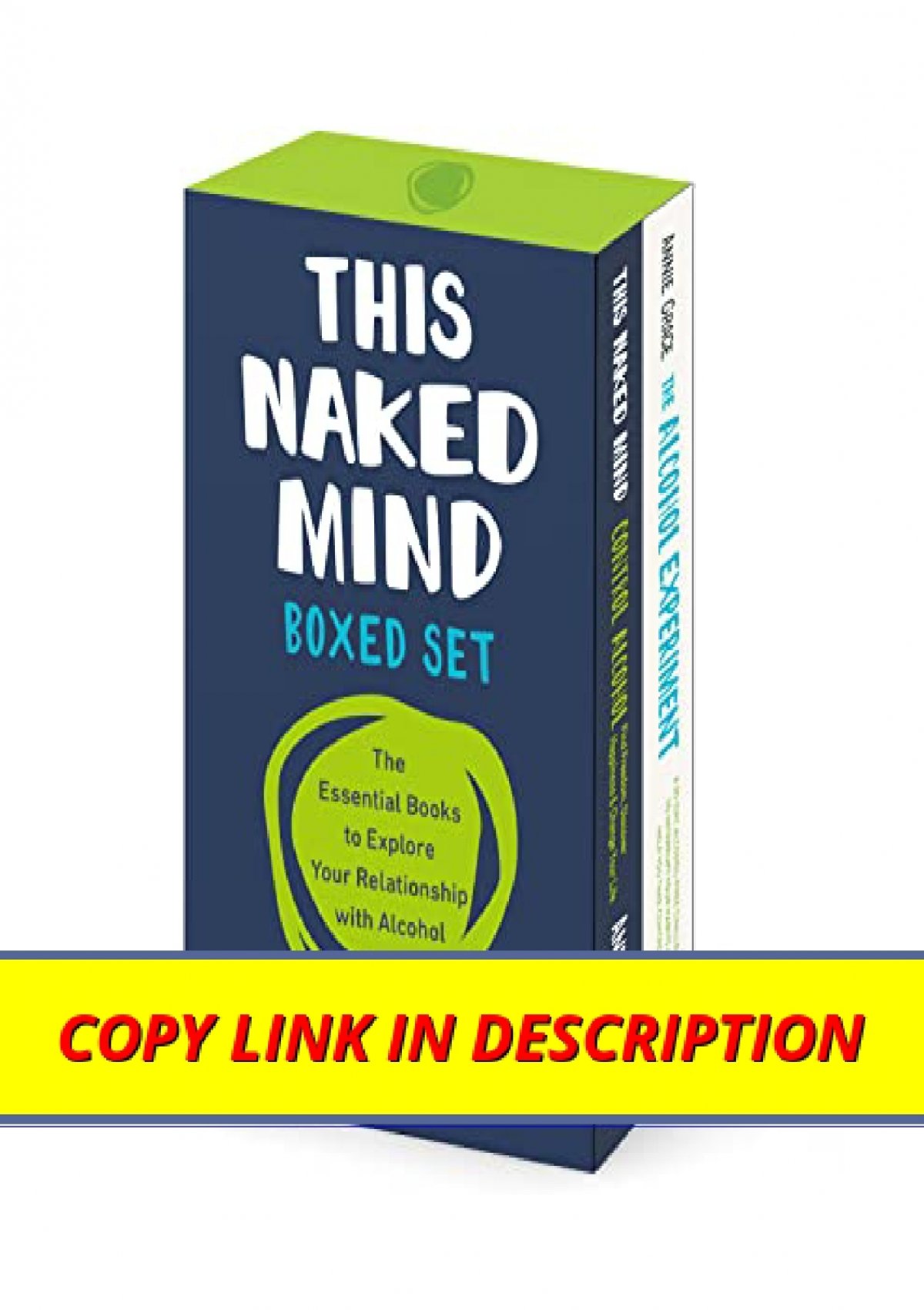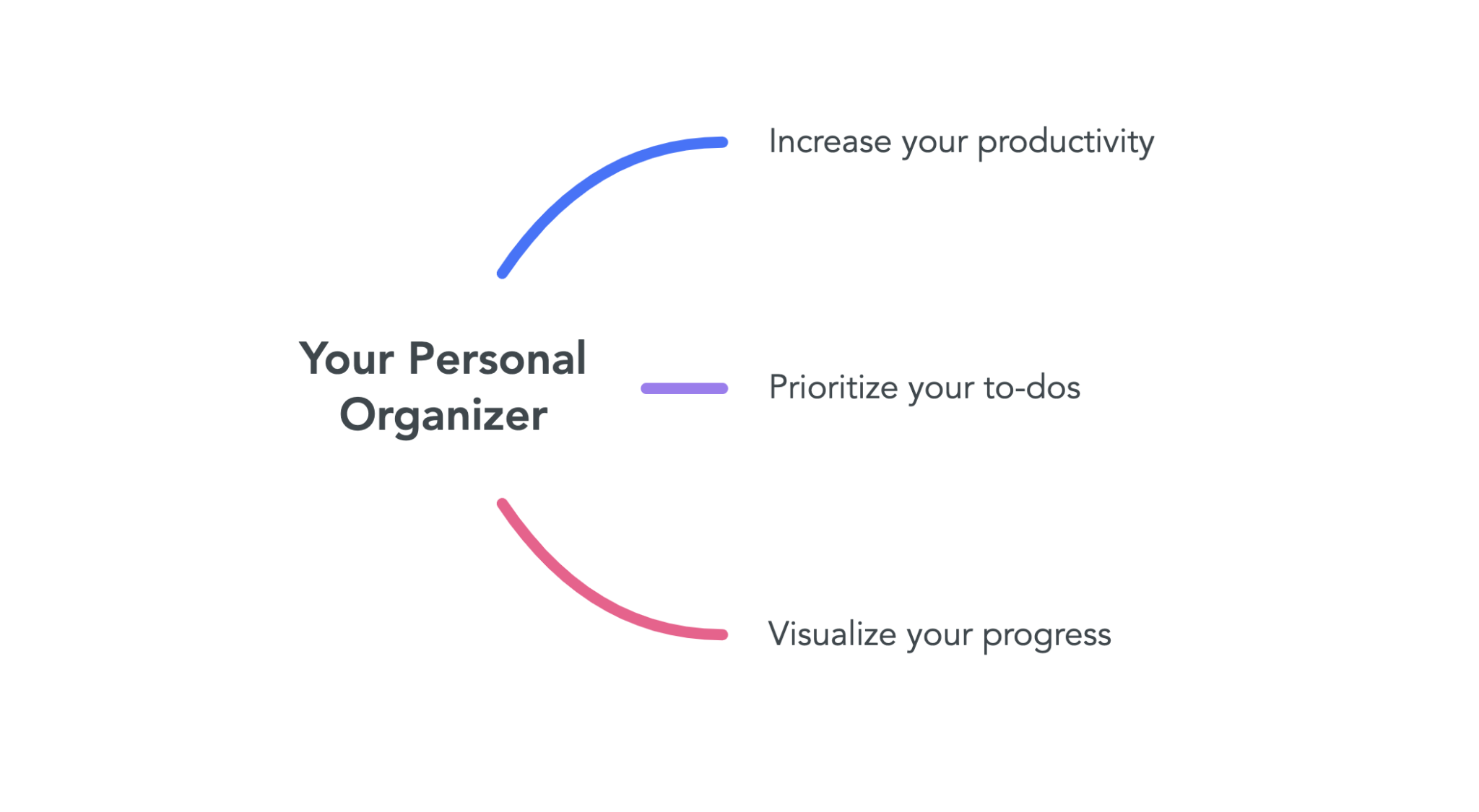7 Ways to Organize Your Mind with The Organized Mind PDF

Introduction
In an age where information overload is the norm, mastering the art of mental organization has become essential. Daniel Levitin’s The Organized Mind offers a roadmap to declutter your thoughts, enhance productivity, and achieve clarity. This article explores seven actionable strategies inspired by Levitin’s insights, blending neuroscience, psychology, and practical techniques to help you organize your mind effectively.
1. Leverage the Power of External Systems
The brain’s working memory can only handle about four items at once. Levitin advocates for externalizing information to free up mental space.
- Use tools like to-do lists, calendars, and apps to track tasks.
- Designate a specific notebook or digital tool for brainstorming and ideas.
- Create a "landing pad" for physical items (e.g., keys, wallet) to reduce decision fatigue.
"The key to a well-organized mind is not holding more information but knowing where to find it." – Daniel Levitin
2. Categorize and Prioritize with the “10x10” Rule
Levitin introduces the 10x10 rule: Identify the 10 most important areas of your life and focus on the top 10 priorities within each.
| Category | Examples of Priorities |
|---|---|
| Work | Complete project X, Attend meeting Y |
| Health | Exercise 3x/week, Sleep 7 hours/night |

3. Embrace the “Attention Switching Cost”
Multitasking is a myth. Switching between tasks drains cognitive resources, reducing productivity by up to 40%.
- Improved focus
- Higher quality output
- Reduced stress
- Increased errors
- Longer task completion time
- Mental exhaustion
4. Use the “Ohno” Principle for Decision-Making
Inspired by Toyota’s production system, the Ohno principle suggests eliminating unnecessary steps in decision-making.
- Identify decisions that recur (e.g., daily outfits, meals).
- Create routines or templates to automate them.
- Focus cognitive energy on high-stakes decisions.
5. Organize Information with the “Index Card Method”
Levitin suggests breaking complex tasks into smaller, manageable chunks—like writing ideas on index cards.
6. Create “Mental Folders” for Information Storage
Just as you organize files on a computer, create mental folders for different types of information.
7. Practice Mindfulness to Declutter Thoughts
Mindfulness trains the brain to focus on the present, reducing mental noise.
How long does it take to see results from organizing my mind?
+Most people notice improvements in focus and productivity within 2-4 weeks of consistent practice. Long-term benefits, such as reduced stress, may take 2-3 months.
Can I use digital tools exclusively to organize my mind?
+Yes, but combine them with analog methods (e.g., journaling) for a balanced approach. Over-reliance on digital tools can sometimes increase cognitive load.
What if I struggle with sticking to a system?
+Start small and experiment with different methods. Consistency is key—even 5 minutes a day can build habits over time.
Conclusion
Organizing your mind is not about perfection but progress. By adopting these strategies from The Organized Mind, you can reduce mental clutter, enhance focus, and unlock your full potential. Remember, the goal is to work smarter, not harder, and to create a system that aligns with your unique needs. Start today—your brain will thank you.